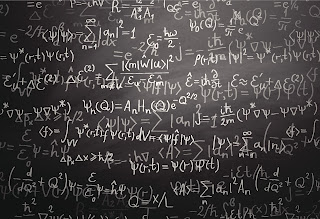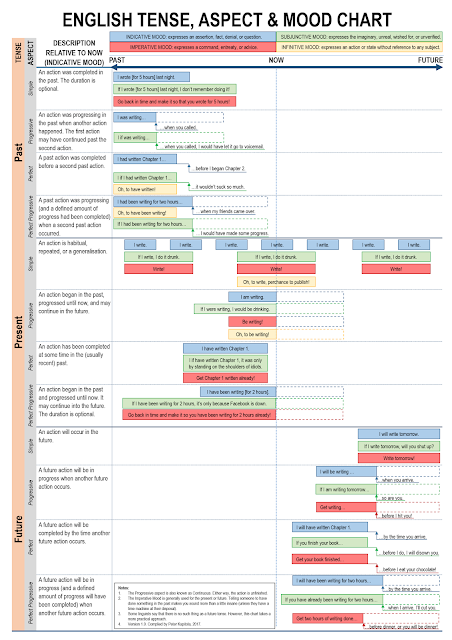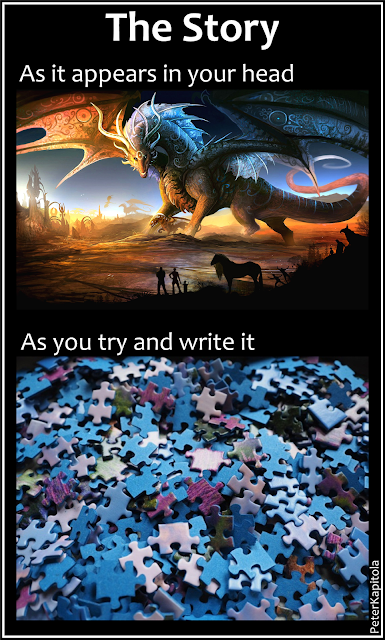The Quantum Physics of Writing a Novel
In quantum physics (i.e. down on the level of electronics and sub-atomic particles), most things are described as “probability wave functions” rather than discrete blobs of matter. An electron isn’t just “there” at point X, it exists as a cloud of probabilities centred on point X. And that’s not just because we can’t tell accurately enough where it is, it’s actually smeared out in space like a wave, and has a chance of being anywhere within that cloud. This is how one electron can somehow go through two slits in a piece of metal simultaneously and interfere with itself like ocean waves. However, when you set up a detector to measure which slot the electron is going through, the wave-function collapses and the electron is observed going through only one slit, with no interference pattern. (For more information, see Young’s Double-Slit Experiment).
“What on earth does this have to do with writing a novel?” I can hear you crying. But I promise that we will get there.
I once remarked to my physics lecturer how this seems so different to our normal experience. A billiard ball is a billiard ball, and it doesn't exist as a wave of probability such that its probably on the table, but there's a very small chance it might actually be in your hand instead. Her reply was interesting. She said that it’s not that different from real life after all. The possibilities of the day are laid out before us, but as soon as we choose one, the waveform collapses and all the other things we could have done with our time are closed off to us.
This made a lot of sense to me, and I think it applies equally well (if not more so) to writing a novel. At the beginning, there are so many places your novel could go, and it’s exciting. However, as you start to get the words down, the possibilities start collapsing. You can’t do A and B, because A contradicts B. So you have to choose one or the other, and that can be really hard, because you really like both A and B. Also, you really like C and D, but C only works with A, and D only works with B. So it gets harder and harder as you get further in. At some point, giving up and starting a new book looks very attractive.
Hopefully this has been fascinating for some. Unfortunately it doesn’t really offer any useful advice for nailing down plot details, but at least now you know your struggle is similar to the underlying structure of the material universe, and hopefully can take some small comfort in that.
“What on earth does this have to do with writing a novel?” I can hear you crying. But I promise that we will get there.
I once remarked to my physics lecturer how this seems so different to our normal experience. A billiard ball is a billiard ball, and it doesn't exist as a wave of probability such that its probably on the table, but there's a very small chance it might actually be in your hand instead. Her reply was interesting. She said that it’s not that different from real life after all. The possibilities of the day are laid out before us, but as soon as we choose one, the waveform collapses and all the other things we could have done with our time are closed off to us.
This made a lot of sense to me, and I think it applies equally well (if not more so) to writing a novel. At the beginning, there are so many places your novel could go, and it’s exciting. However, as you start to get the words down, the possibilities start collapsing. You can’t do A and B, because A contradicts B. So you have to choose one or the other, and that can be really hard, because you really like both A and B. Also, you really like C and D, but C only works with A, and D only works with B. So it gets harder and harder as you get further in. At some point, giving up and starting a new book looks very attractive.
Hopefully this has been fascinating for some. Unfortunately it doesn’t really offer any useful advice for nailing down plot details, but at least now you know your struggle is similar to the underlying structure of the material universe, and hopefully can take some small comfort in that.



Comments
Post a Comment